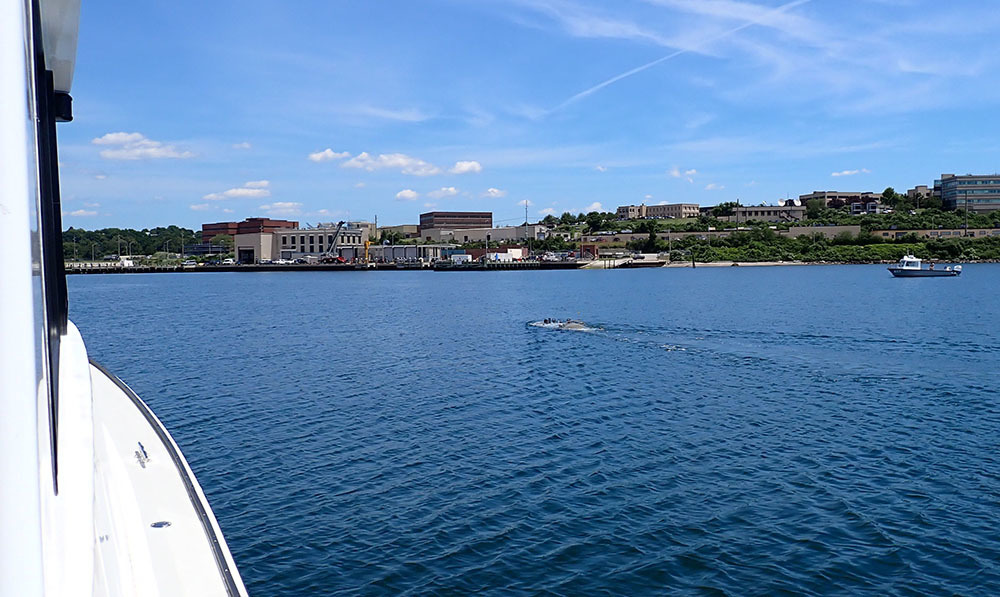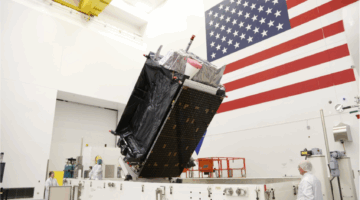
WASHINGTON — The Navy has published a request to industry seeking information on potential undersea drones similar to the parameters of its Large Diameter Unmanned Undersea Vehicle, following congressional prodding over the service’s attempt to cancel the program.
The solicitation, published June 30, states the service is interested in “commercially available LDUUV solutions, as well as the cost drivers and the timeframe required to field and deploy those unmanned vehicles.” The Navy anticipates any UUV it might buy would require some “government-specific modifications” and is interested in rapidly deploying such vehicles as quickly as next year, the notice adds.
Lawmakers in the Fiscal Year 2023 National Defense Authorization Act included a provision directing the Navy to do this market research following its abrupt decision to defund the LDUUV program, also dubbed Snakehead, in its budget request. The service said engineering issues preventing it from deploying the UUV from a submarine prompted the cancellation.
That decision resulted in a flurry of legislative and programmatic activities that have ultimately put the program’s future in murky waters.
The LDUUV, as the Navy originally envisioned it, was four feet in diameter and seven-to-eight feet long, designed to be deployed from a submarine and take on a wide range of missions depending on what kind of payload was equipped. To date, the service has at least one functional LDUUV prototype fitting those parameters.
Bryan Clark, a fellow at the Hudson Institute, argued in a July 2022 op-ed in Breaking Defense that regardless of whether the Navy pursues LDUUV in its original form or through commercially-available technologies, the mission sets it was destined to achieve will remain an ongoing problem set for the Navy moving forward.
“The Navy’s decision was premature,” he wrote of the initial cancellation. “Future offensive undersea operations will depend on vehicles like Snakehead with substantial endurance, depth and payload. And its shortfalls could be addressed by not treating it and other unmanned systems extensions of submarines, but instead as teammates that could be deployed from air, surface ships or shore.”

